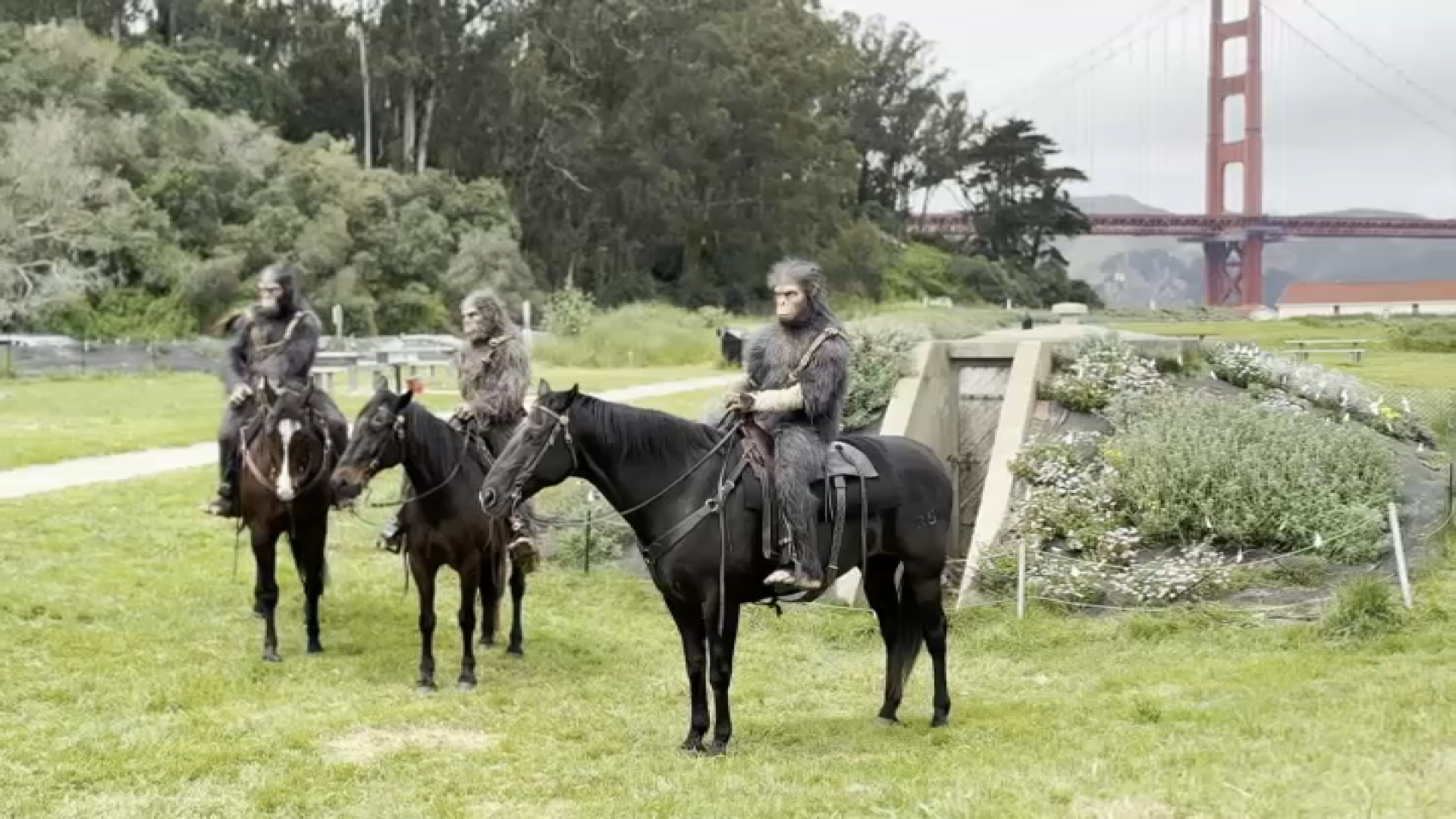Ren Ng has slimmed down since I last saw him when he was a grad student at Stanford.
Not his frame -- he's still the same athletically handsome guy who belongs on "Hawaii Five-0."His technology has lost a lot of weight, though.
When I met him at Stanford in 2006, he and his partners had just developed a camera so complex it had to be attached by cable to computer -- at first a super computer, later just a laptop.
That camera has shrunk again -- becoming the Lytro (pronounced LITE-roh), a consumer product about the size of a sea captain's spyglass.
It's a camera that takes a seemingly infinite number of pictures simultaneously: snap a photograph and you're left with a picture that can be refocused after the fact. It's something that's easier to use than to explain.
The Lytro accomplishes this through an enormously complicated lens and explains the camera's odd shape.
"Form really does follow function" says Ng. "We didn't set out to look crazy. We knew what we wanted, we wanted simple."
Local
He points out the classic camera shape we think of -- a shallow rectangular box with a tube on the front -- is also functional; it was designed originally to contain photographic film, thus its shape.
The Lytro camera only has two buttons: a power button and a shutter. It comes alive instantly and takes a picture the picosecond you press the shutter. There is, after all, no focus lag because there is no focusing.
Pictures are clear and bright thanks to a lens with an equivalent of f2, which brings in a lot of light. There is no flash.
The ability to refocus the pictures days or even years after the fact does require a few compromises. Because the picture is not a simple .jpg, it requires special software to view and has a large memory footprint, ~16MB or about the same as a photograph saved in the RAW format.
To send or share the picture, you must direct the recipient to a Lytro website. You can "print" the picture as a .jpg to make life easier, though of course the simplified version is no longer re-focusable.
After the cool factor wears off, one is left wondering "What would I actually do with this? Do I really need to be able to re-focus a picture 5 years after a birthday party?"
Ng says the company is working with artists to "show what you'd be able to do," perhaps leading to a whole new art form.
The Lytro is available for preorder now and should ship in January.



